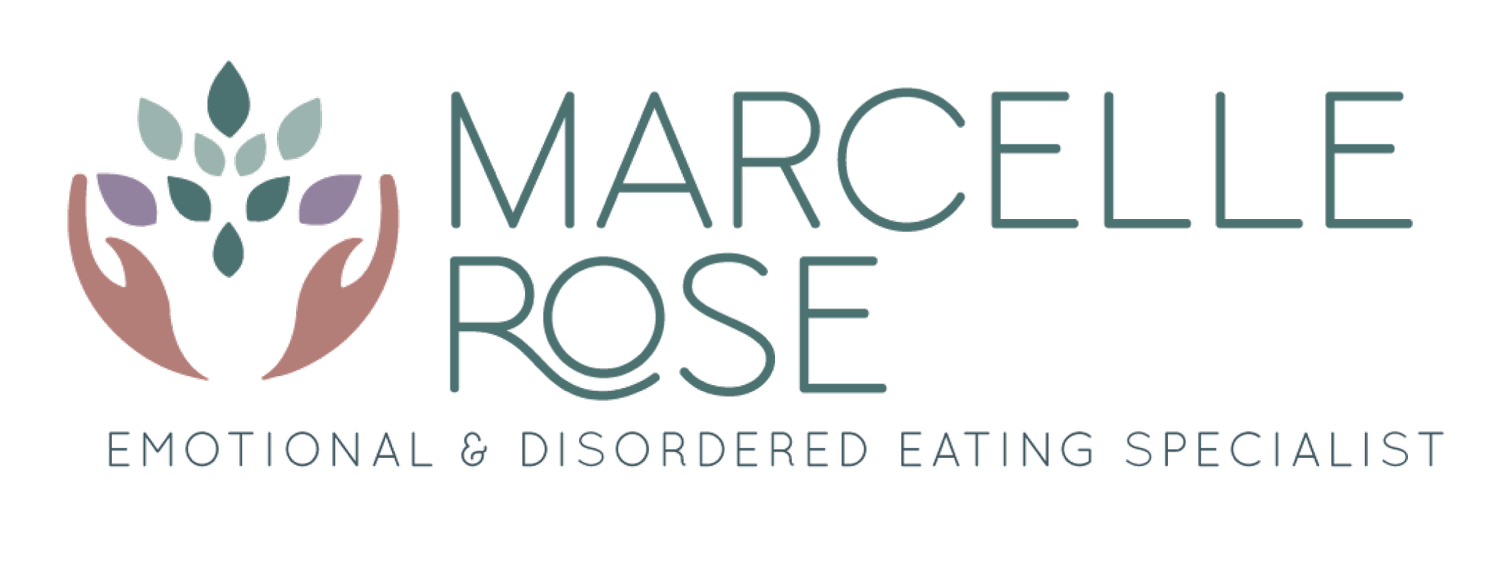Emotional Eating: 3 Common Mistakes That Keep You Stuck
Emotional eating happens when food is used to cope with emotions rather than to satisfy physical hunger, often as a way to find comfort or numb difficult feelings. While it's a natural part of the human experience, it can become problematic when it becomes the only coping mechanism, leading to guilt, shame, and a sense of losing control.
Many people trying to break free from emotional eating unknowingly fall into three common traps that keep them stuck:
1. Believing Emotional Eating Is Always a Problem
Contrary to popular belief, emotional eating isn’t inherently bad. Food is deeply tied to emotions and culture - think of birthday cakes, holiday feasts, and sharing meals with loved ones. Eating for pleasure or connection is natural and can be part of a balanced relationship with food.
However, when emotional eating becomes the default way to cope with distress, it can lead to a cycle of guilt and self-judgment. Instead of berating yourself for eating emotionally, approach it with curiosity and self-compassion. Recognising that food can provide comfort at times, but shouldn’t be the only tool in your emotional toolkit, helps shift the focus from guilt to awareness.
2. Falling into All-or-Nothing Thinking
"All-or-nothing" thinking is a common cognitive distortion that can make emotional eating worse. This mindset sees food choices as either completely good or bad, often leading to a cycle of restriction and overeating. For example, you might think, I've already eaten something "unhealthy," so I may as well keep going.
Breaking free from this pattern means challenging rigid food rules and embracing a more flexible approach. Emotional eating doesn’t define you, and one moment of eating for comfort doesn’t mean you’ve failed. Developing self-awareness, recognising triggers, and using mindful eating strategies can help you build a more balanced relationship with food.
3. Using Dieting as a Quick Fix
A common response to an emotional eating episode is to start a new diet in an attempt to regain control. However, dieting often exacerbates the problem, reinforcing feelings of deprivation and increasing preoccupation with food. This cycle can make emotional eating even more likely.
Instead of turning to dieting, take a step back and explore what led to the emotional eating episode. Were you feeling sad, lonely, anxious, or stressed? Were you tired, premenstrual, or struggling with body image concerns? By approaching the situation with curiosity rather than judgment, you can gain valuable insights and develop healthier ways to address your emotional needs.
Moving Forward
Overcoming emotional eating isn’t about eliminating it entirely. It’s about understanding it and developing a more compassionate and balanced approach to food and emotions. By shifting your perspective, challenging unhelpful thought patterns, and exploring alternative coping strategies, you can break free from the cycle and build a healthier relationship with food.
Support Your journey…
For a deeper dive into overcoming challenges around food and body image struggles and, my best selling book The Binge Freedom Method™ provides a comprehensive, science-backed framework to help you build a healthier relationship with food and your body. It offers practical steps, real-life strategies, and support for breaking free from binge eating and diet culture for good. You can learn more about it HERE.
Breaking the Cycle Starter Kit: This free resource is designed to help you take the first steps toward food freedom. Inside, you’ll find actionable strategies to begin shifting your mindset, manage cravings, and stop the binge-restrict cycle in its tracks.

